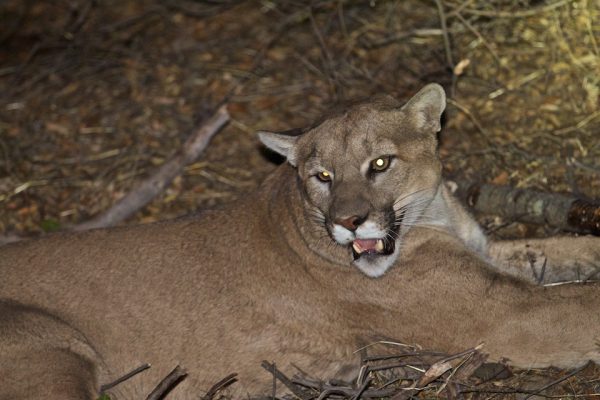
There was a problem loading this page. Please ensure JavaScript is enabled on your browser and any ad blockers are disabled.

Malibu Rancher Says She Won’t Kill Mountain Lion that Attacked Alpacas
In most parts of the country, when a rancher has livestock killed by a mountain lion they obtain a permit and dispatch the offender with lethal force. But most parts of the country are not like Malibu.
Where the tony neighborhood intermingles with small ranches and horse stables, a mountain lion known to biologists as P-45 has created quite a controversy. It all started when the famed…
Related

Montana is a great place for outdoor adventures. The state has over 30 million acres of public land, offering excellent…

New Hampshire, the picturesque gem of the New England region, offers a plethora of fishing opportunities for anglers of all…

The Mozy is a wearable blanket that keeps your legs warm and toasty in the great outdoors.

According to the Ohio Department of Natural Resources (ODNR) Division of Wildlife, “excitement grows” in the state for the fall…


